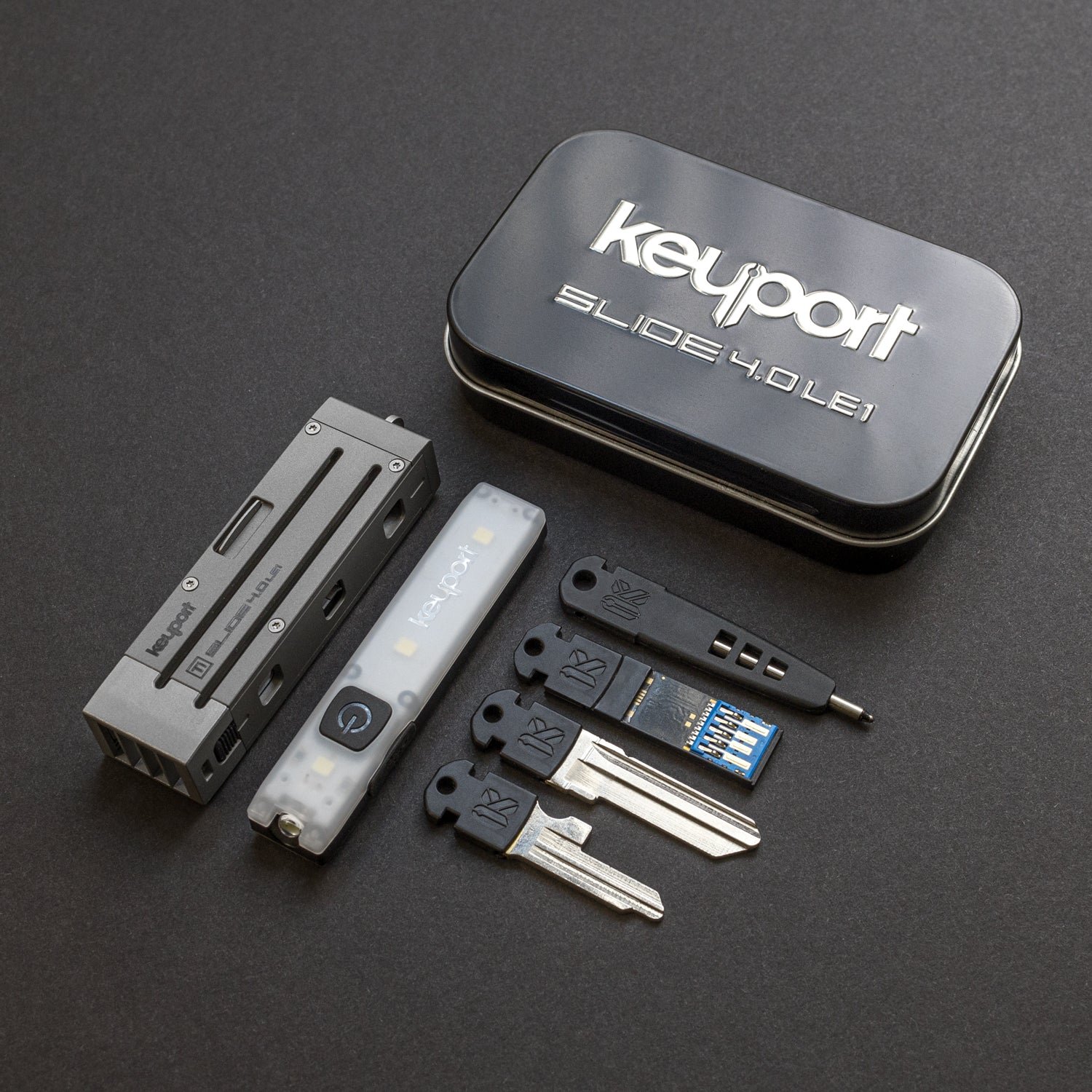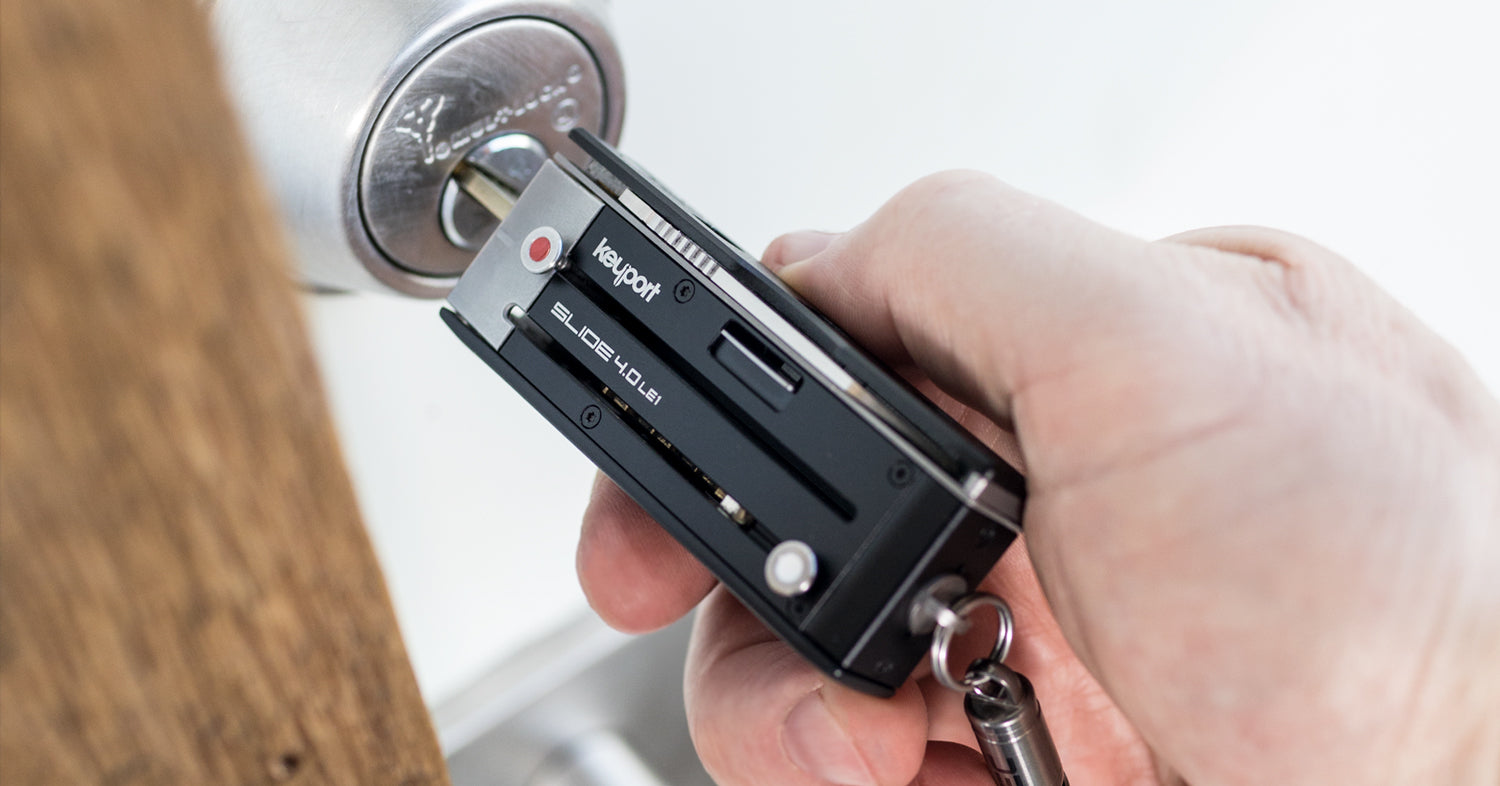The Evolution of Automotive Key Technology: From Transponders to Keyless Entry

The world of automotive keys has undergone a remarkable transformation over the past few decades. Driven by advancements in technology and a growing emphasis on enhancing vehicle security and user convenience, innovations such as transponder keys and proximity keys have reshaped how we interact with our vehicles. This journey through key technology not only highlights the evolution of vehicle access but also reflects the ongoing battle against vehicle theft.
Proximity Keys vs. Transponder Keys
While both proximity keys and transponder keys serve to enhance vehicle security and access, they operate on fundamentally different principles. Transponder keys contain a passive chip that communicates with the vehicle’s ignition system through a unique code when inserted into the ignition. This technology requires physical contact to start the engine and is primarily focused on preventing unauthorized access. In contrast, proximity keys utilize active RFID technology, allowing the vehicle to detect the key when it is within a certain range. This enables features such as keyless entry and push-button start, providing significant convenience to the driver. While transponder keys are generally cost-effective and simple to replace, proximity keys offer a more modern user experience but can come with higher replacement costs and complexities. Both systems have their advantages and considerations, catering to different needs and preferences among vehicle owners.

Early Days of Transponder Technology
The introduction of transponder technology began in earnest in the late 1990s. The 1995 Chevrolet Corvette was one of the first vehicles to feature a Vehicle Anti-Theft System (VATS), which utilized a simple resistor-based key to enhance security. With VATS, each key contained a unique resistor in the blade of the key that needed to match the vehicle's ignition circuit for the engine to start. This early transponder innovation laid the groundwork for more advanced systems, significantly reducing unauthorized vehicle access.
Following the Corvette, the first mass-produced proximity key was introduced by Mercedes-Benz in the 1998 S-Class , allowing drivers to unlock and start their vehicles without physically inserting a key—a significant leap in user convenience. However, this technology took longer to be widely adopted by other automotive brands. While many manufacturers recognized the benefits of proximity keys, factors such as cost, complexity of integration, and varying market demands delayed their implementation across different models.
It wasn't until the mid-2000s that proximity key systems began to appear more frequently in vehicles from brands like Nissan, BMW, and Honda. Meanwhile, the 1999 Volkswagen Golf was among the first to implement a more sophisticated transponder key system, requiring a unique signal from an embedded chip in the plastic head of the key. This development not only improved security but also marked a pivotal shift in automotive key technology. Soon after, manufacturers such as Ford, Toyota, and Honda adopted transponder technology in various models, standardizing it as a vital component of modern vehicle protection.
The Rise of Proximity Keys
As technology progressed, proximity keys emerged as a next-generation solution in vehicle access and ignition systems. The first mass-produced proximity key was introduced by Mercedes-Benz in the late 1990s, allowing drivers to unlock and start their vehicles without physically inserting a key—a significant leap in user convenience.
Today, proximity keys are commonplace across many automotive brands, providing features such as keyless entry and push-button ignition. This technology relies on active RFID systems, enabling the vehicle to detect the key when it is within a certain range. With the simple push of a button, drivers can initiate their vehicle’s engine, enhancing the overall user experience. While incredibly convenient, this system also introduces new security challenges; manufacturers continue to enhance these technologies to prevent unauthorized access and theft.
Proximity Keys and Relay Attacks
While proximity keys offer unmatched convenience, they are also susceptible to security vulnerabilities, particularly relay attacks. In a relay attack, thieves can capture the signal transmitted between the vehicle and the proximity key, typically using devices that amplify the key's signal from a distance. This enables unauthorized individuals to unlock the vehicle and even start the engine without having physical access to the key itself. As a result, owners of vehicles equipped with proximity keys should take proactive measures to safeguard their keys, such as storing them in a SLNT Faraday Pouch , which effectively blocks any signals from being intercepted. This awareness is increasingly important as the automotive industry embraces newer technologies, highlighting the need for robust safeguards against evolving security threats.
Fobik Keys, RFID Cards, and Other Technologies
In addition to traditional and proximity keys, manufacturers like Dodge have developed specialized key systems such as Fobik keys. These keys combine remote access functions with transponder technology into a single device, allowing for convenient vehicle operation. Similarly, RFID card keys have become prominent in select Tesla models, enabling users to unlock and start their vehicles using a simple card.
Moreover, the automotive industry is witnessing the rise of mobile app keys, allowing users to operate their vehicles via their smartphones. This innovative approach provides a comprehensive suite of features, including remote start, vehicle tracking, and diagnostics, all accessible at the touch of a screen.
High-end vehicles are testing the waters with biometric keys, using fingerprint scanning or facial recognition to unlock and start the engine, adding another layer of security. Likewise, the emergence of digital keys allows for sharing access to vehicles without dealing with a physical key, enhancing flexibility and convenience.
Dual Key Options in Modern Vehicles
Most car brands today offer both transponder key and proximity key options, allowing consumers to choose the level of convenience and security that best suits their needs. While transponder keys provide a reliable method of protecting vehicles through unique signals embedded in the key, proximity keys add an extra layer of ease by enabling keyless entry and ignition.
However, opting for a proximity key upgrade is typically a few hundred extra when purchasing a new vehicle. This upgrade typically involves higher costs not only for the key fob itself but also for the installation and programming required to integrate it with the vehicle’s systems. As a result, drivers need to weigh the benefits of added convenience and modern technology against the potential expense when considering this upgrade. By providing both options, automakers cater to diverse consumer preferences, ensuring that all drivers can find a key solution that meets their specific lifestyle requirements.
U.S. and International Laws on Transponder Technology
In the United States, there are no federal laws mandating the use of transponder technology in vehicles; however, various automotive manufacturers have adopted this technology voluntarily to enhance security and reduce vehicle theft. The Insurance Institute for Highway Safety (IIHS) and other organizations often advocate for the use of transponders and other anti-theft devices, which can result in insurance discounts for vehicles equipped with such systems.
In contrast, some international markets have implemented stricter regulations regarding vehicle security. For example, in certain European countries, manufacturers may be required to equip new vehicles with immobilizers, which often include transponder technology, as a measure to combat rising rates of vehicle theft. These regulations promote the adoption of advanced security features and can vary significantly from one region to another, reflecting local priorities and concerns regarding automotive theft. As a result, the global automotive landscape continues to evolve, with varying legal requirements influencing the adoption of transponder technology across different regions.
Japanese Motorcycles and Transponder Technology
In the United States, many Japanese motorcycle brands, such as Honda, Yamaha, and Suzuki, have historically opted not to equip their entry-level and mid-range models with transponder chips in keys. Instead, these motorcycles often utilize traditional mechanical keys or basic electronic ignition systems. This decision reflects a focus on affordability and accessibility, catering to a broader audience of riders who may not prioritize advanced security features.
Interestingly, the same motorcycle models sold in the U.S. often come equipped with transponder chips in neighboring Canada. Canadian regulations and consumer expectations regarding vehicle security may differ, leading to enhanced anti-theft features in models like the Honda CBR and Yamaha YZF series. This disparity highlights how varying regional standards and priorities can influence the adoption of advanced security technologies. As consumer demands evolve, it's likely that we will see a greater presence of transponder technology in a wider range of Japanese motorcycles in the U.S. market in the future.
Cars Without Transponder Chips in the U.S.
In the United States, some automotive brands continue to offer vehicles without transponder chip technology, particularly in their entry-level models. Notably, Hyundai and Kia have historically produced several models that utilize traditional mechanical keys or basic electronic ignition systems instead of advanced transponder chips. This choice often aims to keep costs down and make vehicles more accessible to a broader range of consumers.
However, as consumer preferences evolve and the demand for enhanced security features increases, both Hyundai and Kia have begun to integrate transponder technology in their newer models, particularly in mid-range and higher-trim versions. This shift reflects a growing recognition of the importance of vehicle security in the modern automotive market, aligning with broader industry trends toward more sophisticated key technology.
Transponder Chip Harvesting, Extraction, Removal
Transponder chips can be manually harvested from key heads for several reasons:
- Remote Start Installation: Facilitates the integration of remote start systems without complex negotiations with the transponder.
- Cheaper Duplicates: Allows for more affordable key duplication by permanently mounting the chip near the ignition, avoiding the costs of creating a new transponder key.
- Upgrading Key Technology: Enables users to upgrade to modular key systems like the Keyport Slide, which offers enhanced convenience and customization while efficiently integrating the transponder chip.

Watch this video to see how it how and why transponder chips are harvested from key heads.
The Rise of Remote Start Systems
Remote start technology has become increasingly popular in the automotive industry, offering drivers unparalleled convenience and flexibility. Many vehicles now come equipped with integrated remote start options accessed through smartphone applications like Mobokey. These systems enable users to start their cars from a distance, allowing the vehicle to warm up or cool down before the driver gets inside.
In addition to factory-installed options, aftermarket solutions like Viper and other brands provide remote start systems that can be easily installed in a wide range of vehicles. These systems often come with their own smartphone apps, further enhancing user control and convenience. As consumer demand for comfort and ease of use continues to grow, most major automotive brands now offer remote start features integrated into their smartphone apps, making it a standard expectation in modern vehicles. This trend not only improves the overall driving experience but also reflects the ongoing transformation of how drivers interact with their vehicles in an increasingly connected world.
The CCC and the Next Evolution of Key Technology
One of the latest advancements in automotive technology is driven by organizations like the Connected Car Consortium (CCC). Founded by leading automotive manufacturers and technology providers, the CCC focuses on improving connected car technologies and services. Its primary goal is to establish common standards for data exchange, cybersecurity, and vehicle-to-everything (V2X) communication. This ensures seamless interaction between vehicles, infrastructure, and mobile devices.
The CCC’s emphasis on interoperability promotes enhanced safety and security through improved communication systems that can reduce traffic accidents, optimize routing, and create more efficient urban mobility ecosystems. As the connected car landscape evolves, integrating key technology with connected systems will likely enable users to unlock and start their vehicles not just with physical keys or fobs, but dynamically through connectivity with their smartphones, smart home systems, and even traffic infrastructure.
Conclusion
The evolution of automotive key technology highlights the industry's creativity in enhancing security and convenience. From the early VATS system in the Chevrolet Corvette to modern proximity keys and mobile app technologies, the landscape of vehicle access reflects a dynamic blend of innovation and user experience.
With ongoing collaboration among automakers and technology firms, we can anticipate a future where key technologies integrate seamlessly with smart vehicles and infrastructure. The story of automotive key technology is entering an exciting new chapter, poised to enhance the way we interact with our vehicles and make driving safer and more enjoyable.








Leave a comment
This site is protected by hCaptcha and the hCaptcha Privacy Policy and Terms of Service apply.